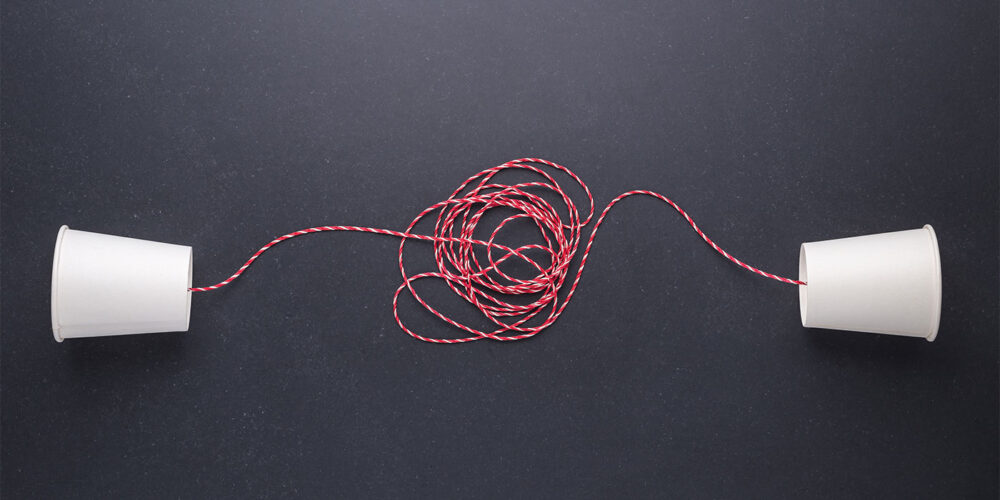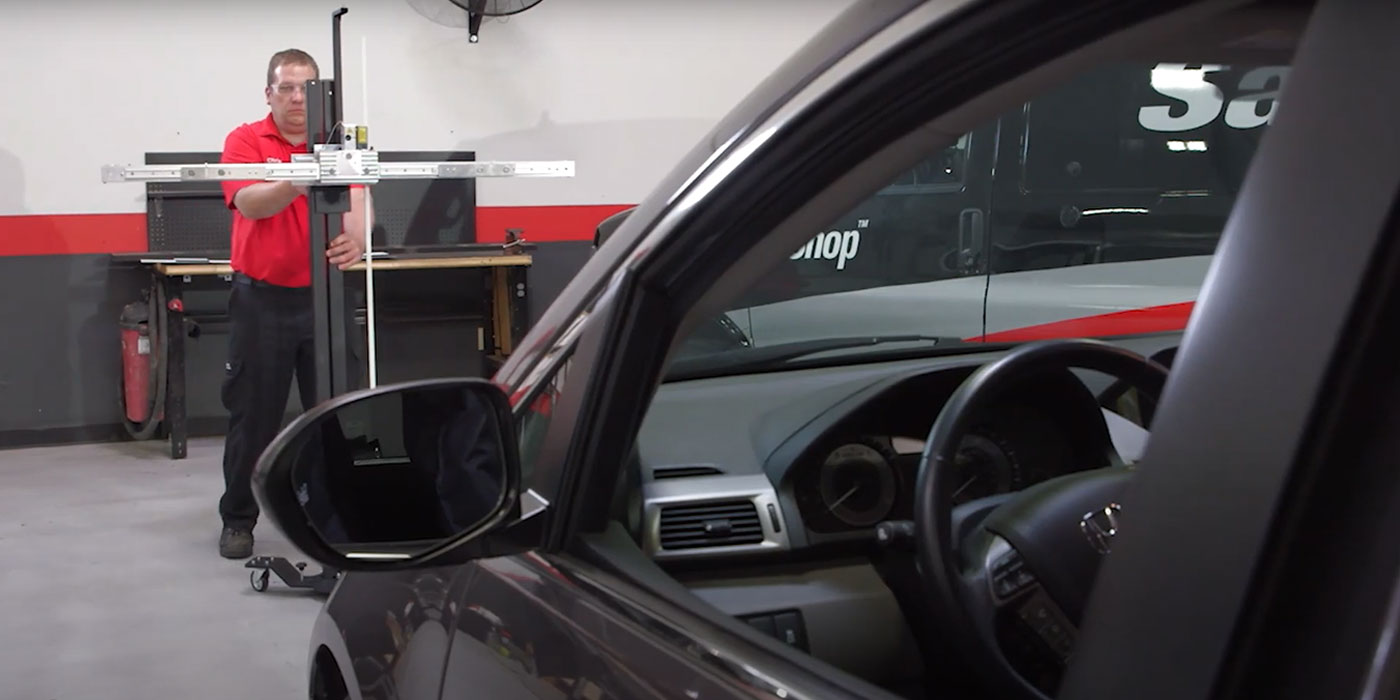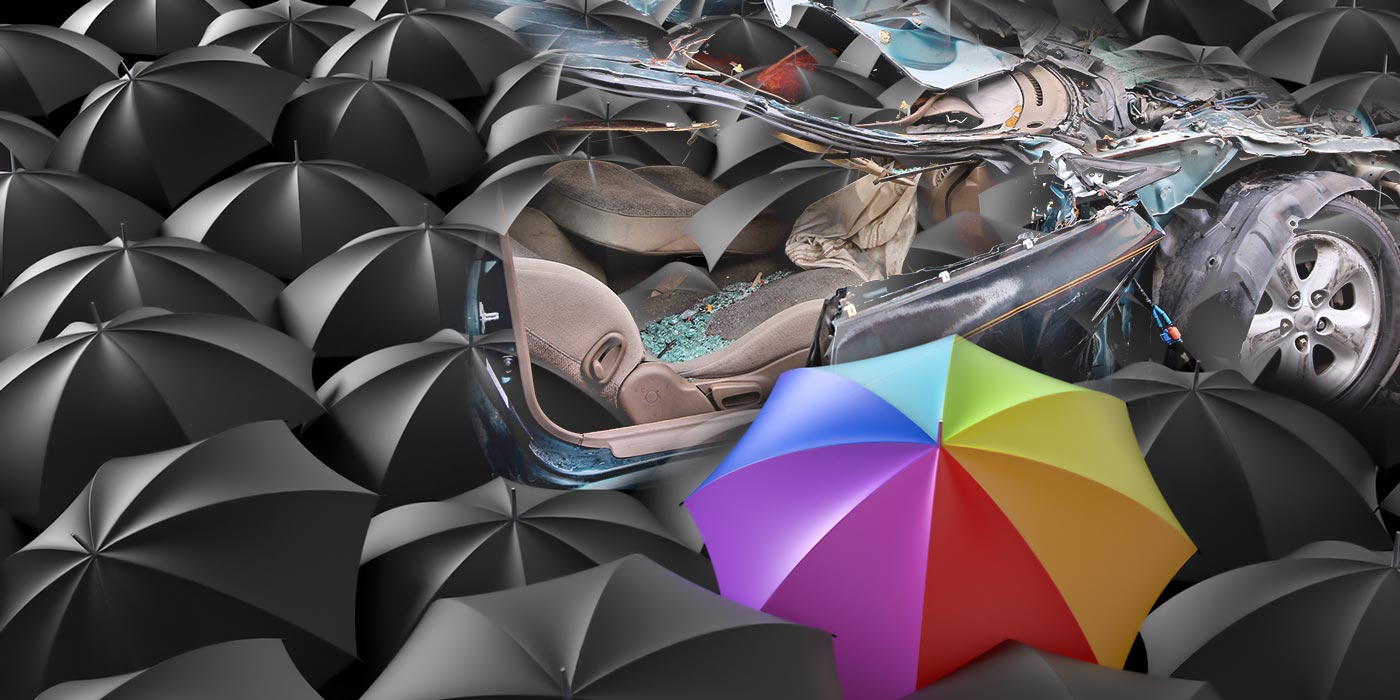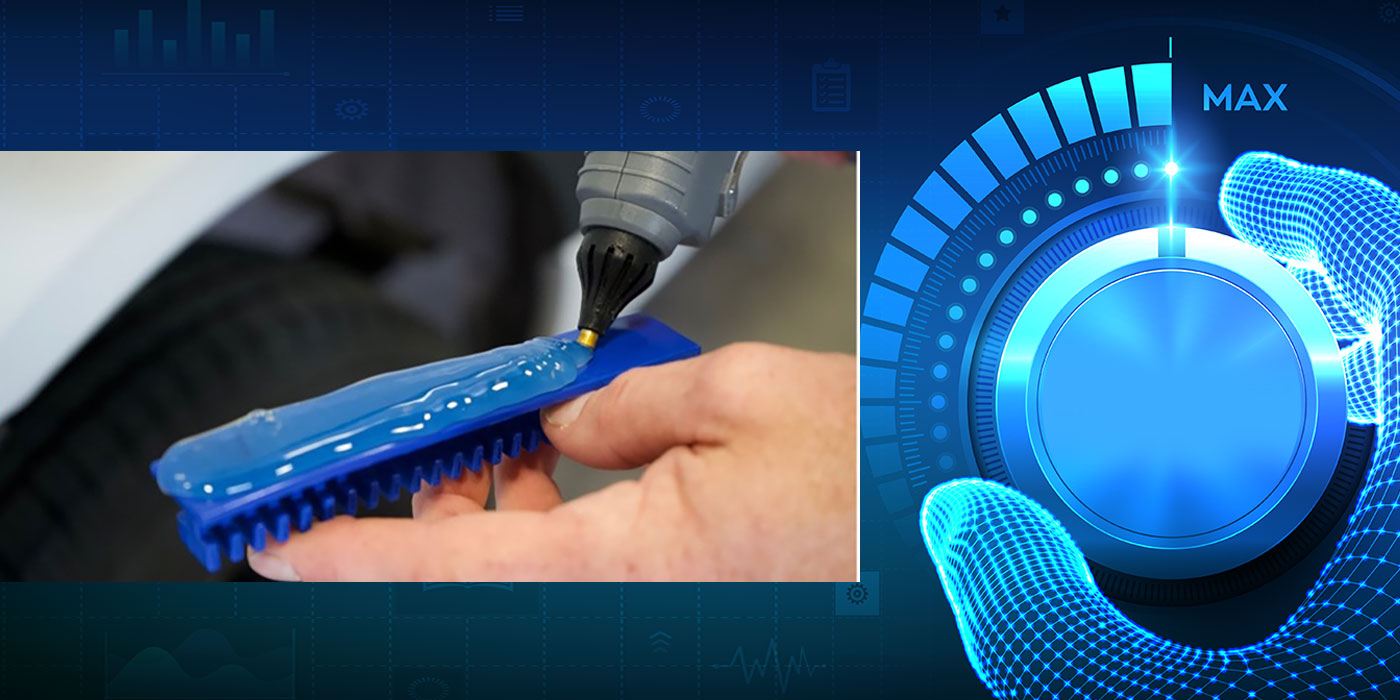When it comes to delivering a high-quality repair, part of that process is the actual repair and part of it is how you communicate that process to the customer and insurance company. It’s already an emotional situation for a customer – they’ve been in an accident, they may be recovering from injuries, there’s the financial stress related to their second-biggest investment and they’re dealing with a complex repair process involving their insurance company, a collision repair facility and other entities.
As the owner of two CARSTAR locations in the San Francisco area, I’ve worked with thousands of customers through stressful situations getting their vehicle repaired and have learned a few things that help smooth the process for them and protect my business and reputation, too. The keys are: communicate often, be honest and trust but verify.
Here are a few tips:
- Address potential customer payment issues in advance. Always call the insurance company for payment confirmation prior to releasing vehicle. Start the final bill process earlier when the vehicle is in reassembly perhaps to give enough time for the office to track down payments, whether money is issued to the repair facility or the customer.
- Confirm the deductible. Many times, customers believe their deductible is waived but it really is not. Their understanding from their insurance agent may lead them to expect one thing, but that’s not always the case.
- Stick to the facts of loss. On occasion, we’ve seen customers who try to include damage that is not part of the claim. This is where good communication is key — you have to be forthright and thorough in your explanation of why certain damage like a dent in the rear bumper on a front-end collision isn’t covered.
- Break down the backorder parts situation. Make sure customers are aware of any backorder issue with parts. We all face this challenge, but customers don’t always understand. It’s critical to explain that they will get their vehicle back incomplete while waiting on a door handle or a trim piece, but when that part comes in, they will be called to have it installed. There are also times you can’t release the vehicle without the part because it makes the vehicle unsafe to drive, and it’s important to educate the customer on why it’s necessary to hold the vehicle.
- Pre-pay for parts on self-pay repairs. For self-pay customers who require parts, it’s smart to collect 50% of the parts cost up front to prevent the customer from bailing out on repairs. Too many times, we’ve pre-ordered parts and the customer ended up canceling repairs. Now, the facility has to return the parts and pay a restocking fee, or worse the parts are non-returnable.
- Educate your team to avoid issues. Owners, managers and estimators have to be trained on the repair process and how to properly repair vehicles. You definitely don’t want to be taken advantage of by a technician who says something needs to be replaced when it can be repaired, or worse, something that should be replaced — like a frame rail — versus being repaired. You also don’t want to be taken advantage of by the insurance company; sometimes we need to educate them also. Too often, shops let insurance companies dictate how to repair a vehicle. Shops must educate themselves first and then provide a proper understanding to insurance appraisers or even the customers on the correct repair process and what this means to vehicle value and performance as well as the cost of the repair. You have to remember that auto body shops make repairs for a living, so we see the correct way and the wrong way to do this day in and day out.
- Be vigilant about false claims. Collision repair facilities need to be very aware of fraudulent claims more than ever. As costs continue to rise for everyday expenses, some unscrupulous customers may try and pull a fast one on a shop and claim unrelated damages or inflate the repair ticket to cash out. We as auto body professionals must maintain integrity and situational awareness on these claims. You never know if that customer is really an undercover person testing the shop or just someone trying to take advantage.
- Document the damage during check-in. Good communication is one thing, but good documentation certainly supports that! Many times, during or after the vehicle is delivered, the customer may discover scratches, dents or missing pieces that they’ve never noticed before. It’s the repair facility’s responsibility to document as much UPD (unrelated prior damage) as possible. Clear, sharp pictures can save a shop from a potential warranty repair and bad survey. One tip to avoid this can be to use different-colored markers when mapping the damages — green for related and red for unrelated. Relay this information to the customer during the check-in process for full disclosure. Sometimes, however, documenting the exterior isn’t enough. Customers may still complain of damaged exterior or interior pieces, or that systems like the radio, back-up camera, parking sensors, air conditioning/heater and power windows aren’t working … the list goes on and on. It’s imperative that a function test of all components is performed and documented during the initial check-in process with the customer. If the customer is aware that the repair facility is documenting UPD, they’ll have a better understanding of what will and won’t be repaired and will be less likely to post a complaint or bad review.
Summary
At the end of the day, it’s up to you and your team to deliver the highest-quality repair and excellent customer service, but it’s also critical to protect your business and reputation. Having a good customer communication plan helps ensure customers and insurers have an equal understanding of the repair process, what will and won’t be covered and the outcome for their vehicle.














